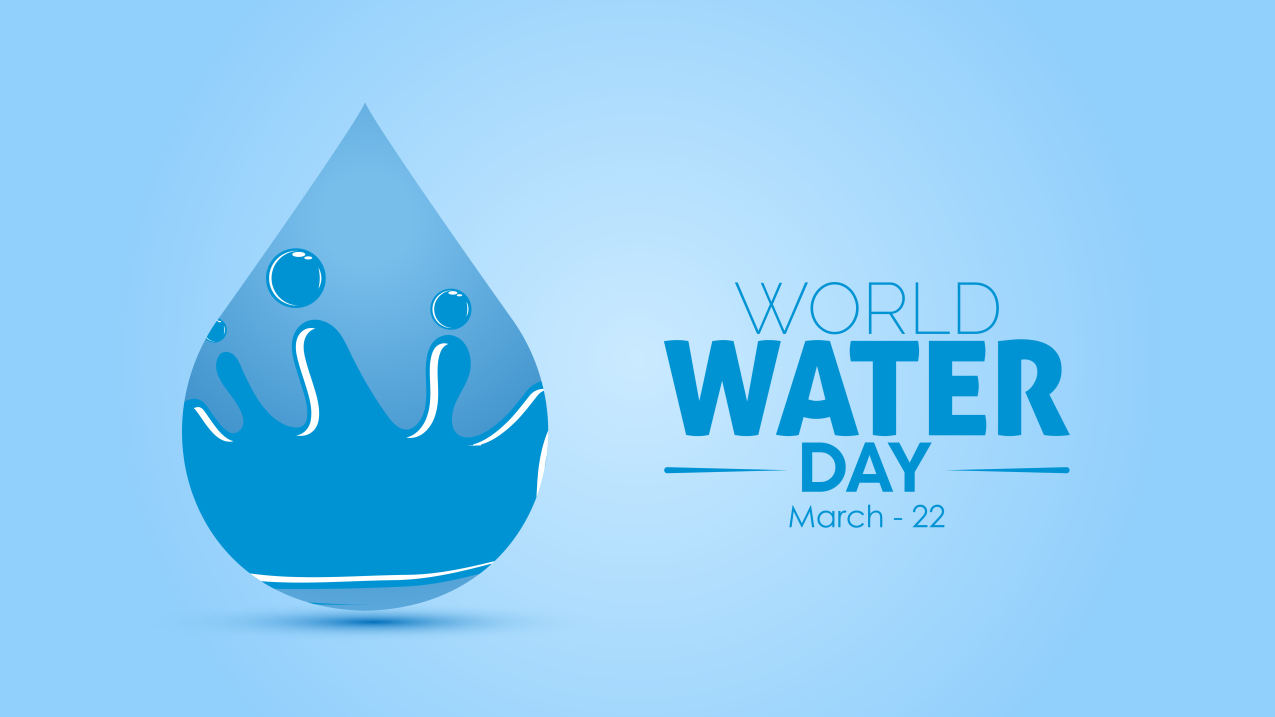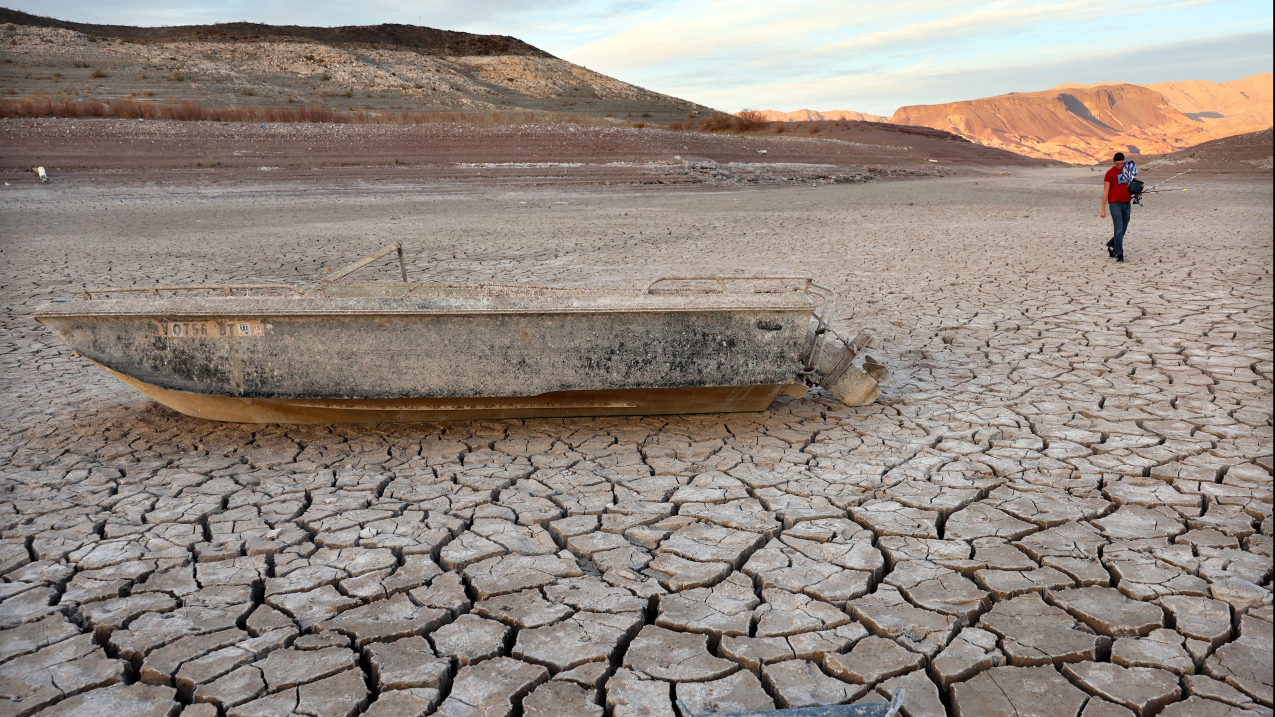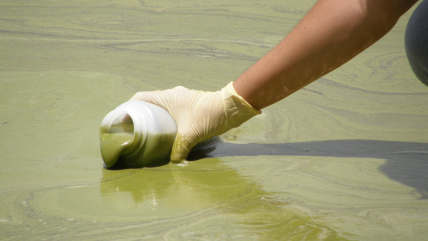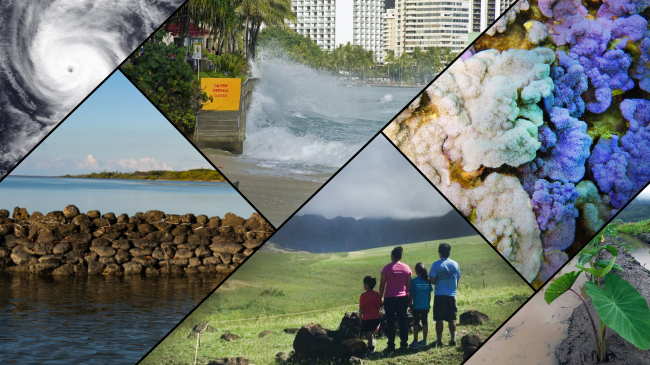See how NOAA science is safeguarding lives, economies and a healthy water supply

World Water Day, observed annually on March 22, celebrates water and raises awareness of the world's water challenges. (Image credit: Getty Images)
All life on Earth depends on water.
From the first hour that you start your day to the time that you go to sleep, water plays a crucial role in nearly all aspects of daily living. Without easy access to clean water, you wouldn’t be able to stay hydrated to support day-to-day health, much less brush your teeth, bathe or cook.
Lack of access to clean water impacts everything from agriculture to our industrial output, from hunger to the environment — increasing poverty and decreasing progress throughout the world.
While these are global issues that might seem daunting, here are 5 simple actions you can take every day that make a big difference over time:
1. Take shorter showers.
2. Build a rain garden.
4. Be mindful of how much water you use at the tap.
5. Clean a section of a stream, lake or beach near you.
Want to take it a step further? Become a citizen scientist!
Our National Marine Sanctuaries Citizen Science, Coastal and Reserve Citizen Science, Phytoplankton Monitoring Network and Citizen Science Water Level Application projects are just some of the ways you can get involved.
NOAA is addressing the nation’s water challenges
At NOAA we take water and the challenges associated with it seriously — not just on World Water Day, but every day.
The NOAA Water Initiative’s mission is to improve the nation’s water security by providing science-based information and services that address our vulnerability to water risks, and better manage our water resources.
One way the Water Initiative does this is through its Airborne Snow and Soil Moisture Survey Program. That’s right — we assess water from the air! Find out how NOAA gathers data from the snowpack that is critical for flood, water supply and drought forecasting.

From sky to sea, NOAA collects essential data about the state of the water cycle.
We use drifters, buoys, Argo floats and more to monitor the global ocean, including areas that are difficult to travel to by research ships. Find out how we collect this data, and 4 ways that we use it.
We forget that the water cycle and the life cycle are one.
Disruptions and dysfunctions to the water cycle affect economies and businesses related to energy production, transportation and agriculture. Too much or too little water can have devastating consequences to communities. Changes to the water cycle can also affect health, drinking water and recreation.
See how the water cycle works in this fun, educational video.
You can’t talk about water without talking about drought.
Drought can lead to decreased water quantity and quality, increased incidence of illness or disease, increased mortality rates and negative mental health outcomes. Economic losses from drought in the U.S. can add up to billions of dollars when shipping, farming, fishing, recreation and public health concerns are factored in.
The North American Drought Monitor uses data that is updated on a weekly basis to leverage the combined expertise of scientists in Canada, Mexico and the U.S. to monitor drought across the continent.
Get the inside scoop on how to read these drought maps in our article, “The Making of a Drought Map.”
Want to learn more about how NOAA and other agencies are advancing drought science and preparedness? Visit drought.gov.

While drought is a major problem, so is its opposite — flooding.
Aside from posing major safety risks, floods are the most common and costliest natural disasters in the U.S., affecting every state and territory. NOAA’s National Weather Service has many products and services to warn against potential hazards and current conditions, along with tips to stay safe in the event of a flood.
NOAA’s National Ocean Service developed the Coastal Flood Exposure Mapper to assess coastal hazard risks and vulnerabilities from coastal flooding events, and show the people, places and natural resources exposed to coastal flooding.
NOAA's Center for Operational Oceanographic Products and Services reports that from the years 2000-2020, the U.S. Southeast Atlantic and Gulf Coast regions saw an increase of over 400% to 1,100%, respectively, in high tide flooding days.
Did you know that streets can flood even on days when there is no rain? Known as “high tide flooding,” this phenomenon occurs when sea level rise combines with local factors to push water levels above the normal high tide mark. High tide flooding can inundate streets and disrupt life in coastal communities.
How do you ensure that people and communities have access to enough safe, clean water?
Water quality goes beyond what’s safe to drink or swim in. Long-term ocean monitoring helps people in ocean and lake-dependent industries, such as shipping, energy, fishing, and recreation by providing them with information to make informed decisions.
To do this, NOAA maintains a network of buoys, tidal stations and satellite measurements that provide a continuous picture of the state of the ocean and Great Lakes.

#WorldWaterDay comes but once a year, but at NOAA we work every day to address the nation’s water challenges through science and research. Don’t forget: You can make a real difference! Visit noaa.gov/water and worldwaterday.org offsite link to learn more.



